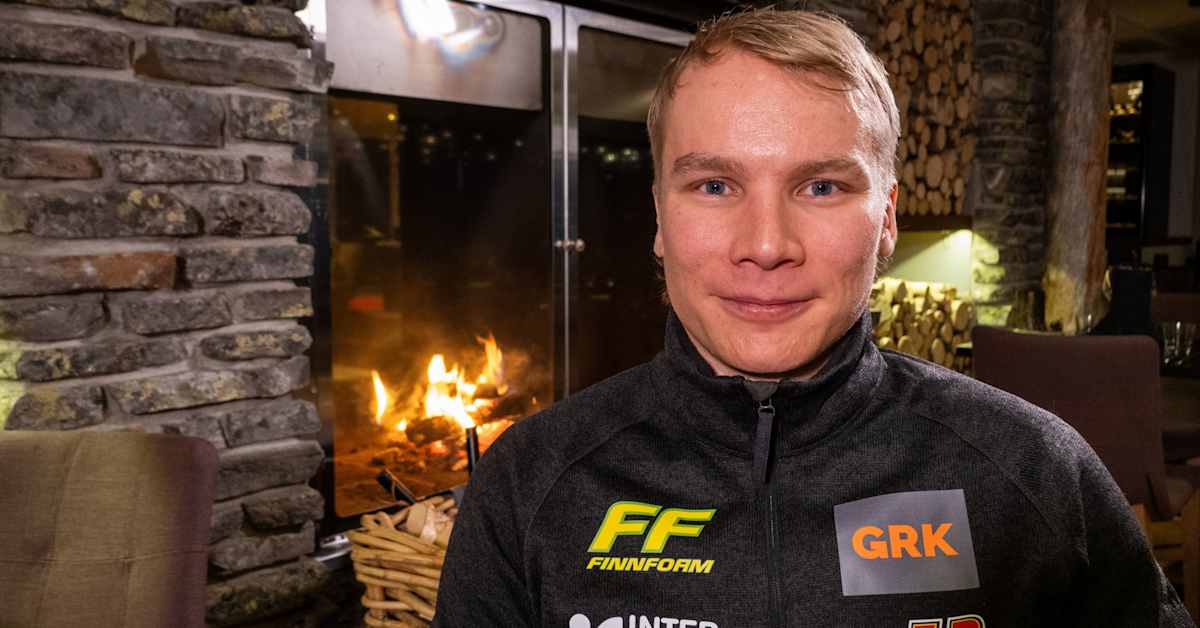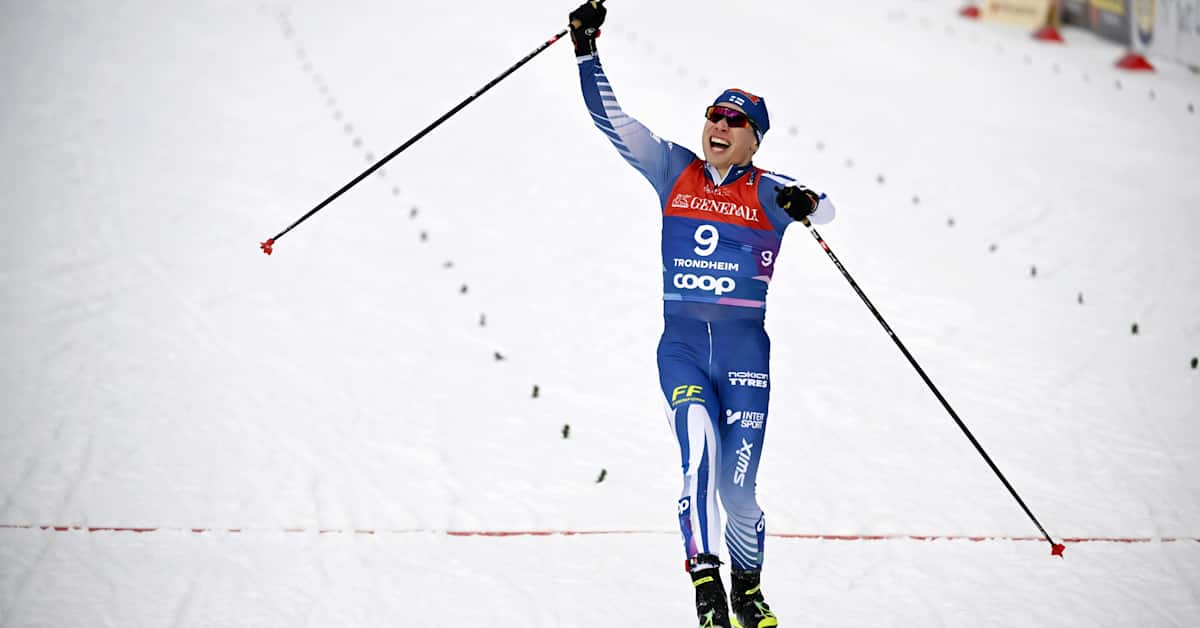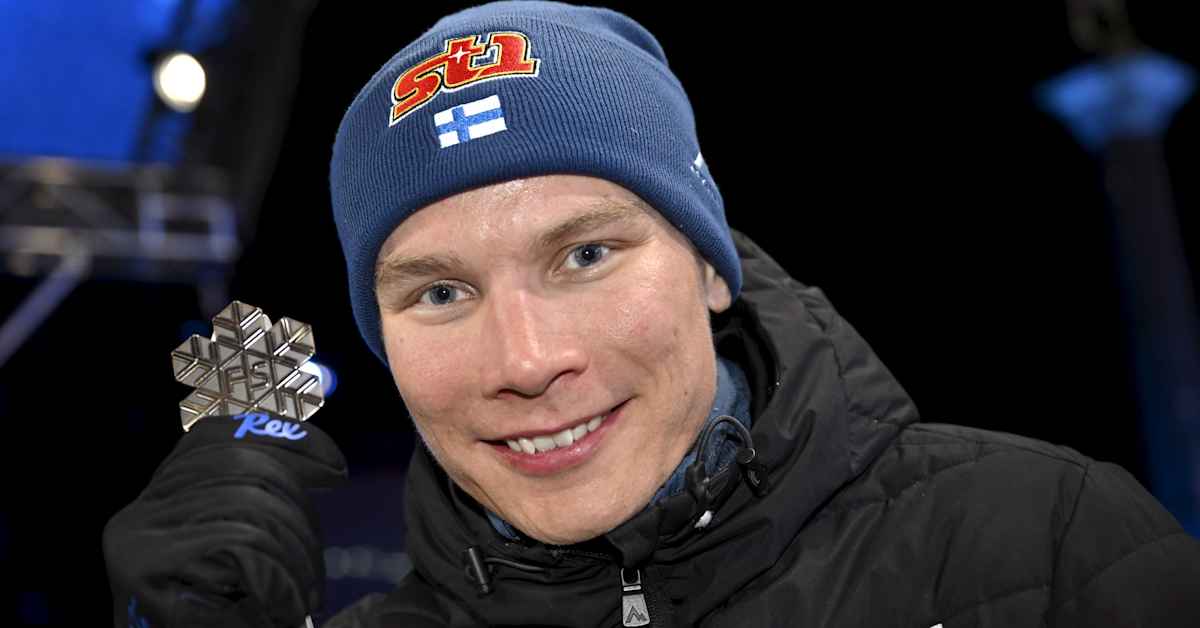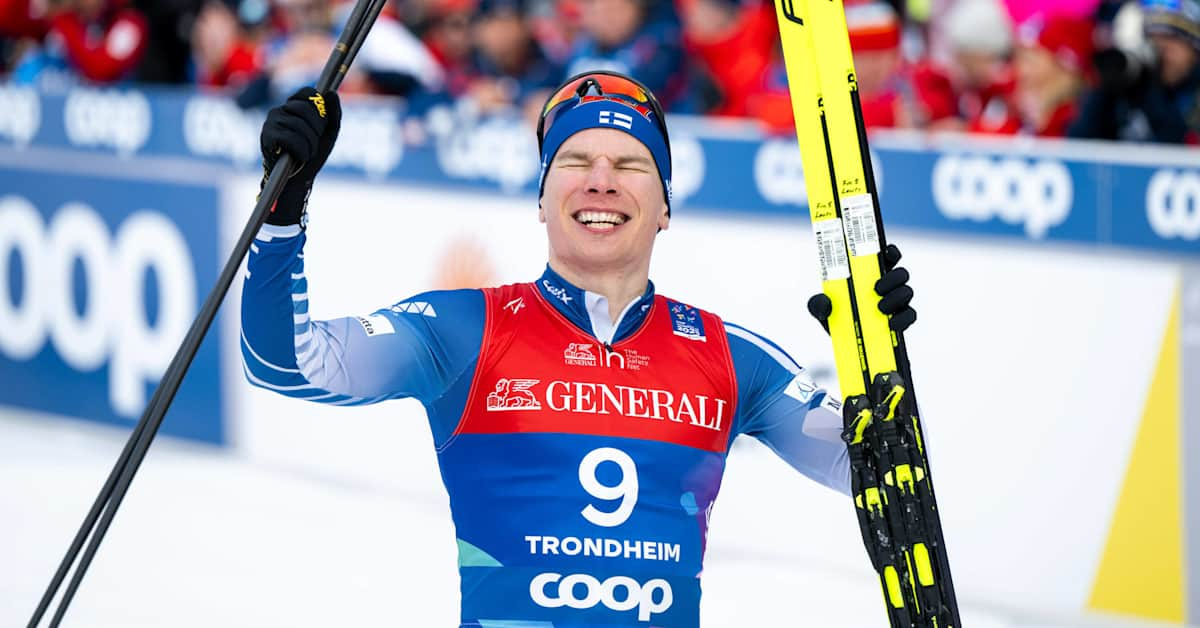
Harsh Lahti elimination woke up Lauri Vuorinen – an honest question to himself set change in motion
Originally published in Yle on November 14, 2025
On 25 March 2023 at Lahti’s Salpausselkä Games, Lauri Vuorinen raced his signature event, the classic‑technique sprint. In wet conditions his qualification went badly: crossing the line between the tracks, he initially ranked 16th, but as faster skiers came in he slid to 43rd (later adjusted slightly by two disqualifications). The raw elimination left him angry—and clear that his current approach wasn’t enough to fight at the front.
After the race, Vuorinen, then 28, spoke bluntly with his coach Ville Oksanen. He no longer wanted to politely accept feedback; he said directly that he couldn’t continue unless things improved. That candor signaled to Oksanen that they had to change course.
Training was made tougher: longer and harder interval sessions and a bit more volume. “I realized I tolerate this training well,” Vuorinen said before the new season in Olos. “I asked myself honestly whether I’d really done everything as well and as hard as I could. I concluded I hadn’t. After that, we did things much better.”
Results told the truth. The previous season he hadn’t reached a sprint final at all, with just one semifinal. He knew he was capable of more—he’d made a final and two semifinals the year before, handled a solid relay opening leg for Finland’s second team, and had strong form at the Beijing Olympics before a broken pole cost him a semifinal.
The changes paid off. Last winter he claimed a rare World Cup podium in the Ruka classic sprint (3rd). At the Trondheim World Championships he made Finnish skiing history by winning the first ever individual sprint medal by a Finnish man—remarkably in the freestyle sprint—and a few days later he and Ristomatti Hakola won silver in the classic team sprint.
His resurgence also influenced the national sprint group. Because Oksanen coaches the national sprint team, Vuorinen effectively became a willing test case. “We train very similarly even outside camps and often together. We’ve found a new way to develop,” he said. They learned they could push “a bit rougher”; sprint training isn’t only short speed reps.
One of the harshest sessions the sprinters now do is an interval workout lasting over an hour—far from the two‑and‑a‑half‑minute sprint effort—but vital for the long, multi‑round nature of sprint days and for rapid recovery between heats. “Being a sprint skier is surprisingly hard: you need explosiveness, speed and power in one heat, and aerobic capacity to recover for the next,” Vuorinen said. He recalled doing such work with high‑volume trainer Remi Lindholm; despite differing approaches over the hour, Vuorinen felt it gave him needed toughness: “I’m better at those now than three years ago.”
As he opens his competition season at the classic‑technique Olos ‘Tykkikisat’, he hopes to present the best version of himself. Summer brought both heavy fatigue and good patches, and he admits the temptation to keep tightening the training screws is constant, with the risk of overstepping.
Looking ahead, many eyes are on the Milano–Cortina 2026 Olympics. The Olympic sprint will be classic again—something Vuorinen has already raced at the Olympics in PyeongChang. He values World Cups and World Championships highly, noting they can be harder to succeed in than the Olympics due to deeper Norwegian quotas. Still, he sets big goals for Val di Fiemme, while recognizing the reality of a one‑day chance: “Only three get medals—it’s a tough game.”
See Also

Lauri Vuorinen Stuns Competitors with Historic Bronze at the World Championships
February 27, 2025 / Yle



